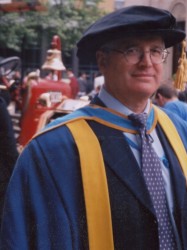BibTex format
@article{Ma:2020:10.1039/d0sc02877k,
author = {Ma, Y and Sikdar, D and He, Q and Kho, D and Kucernak, AR and Kornyshev, AA and Edel, JB},
doi = {10.1039/d0sc02877k},
journal = {Chemical Science},
pages = {9563--9570},
title = {Self-assembling two-dimensional nanophotonic arrays for reflectivity-based sensing},
url = {http://dx.doi.org/10.1039/d0sc02877k},
volume = {11},
year = {2020}
}

